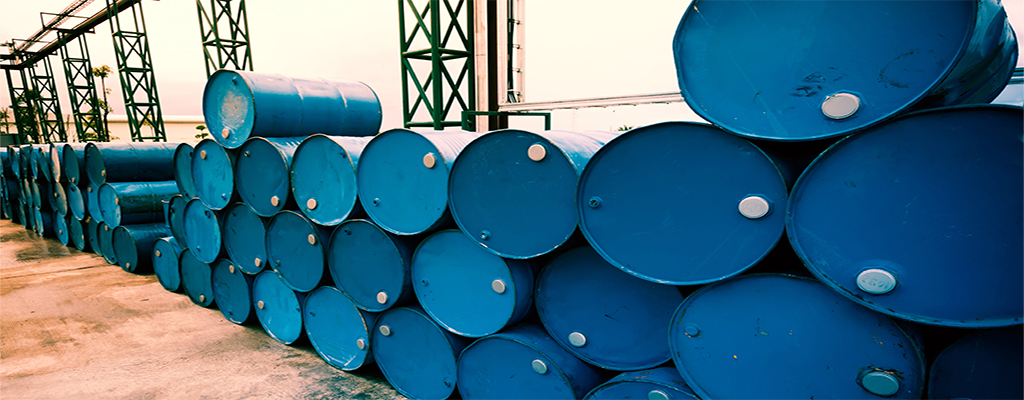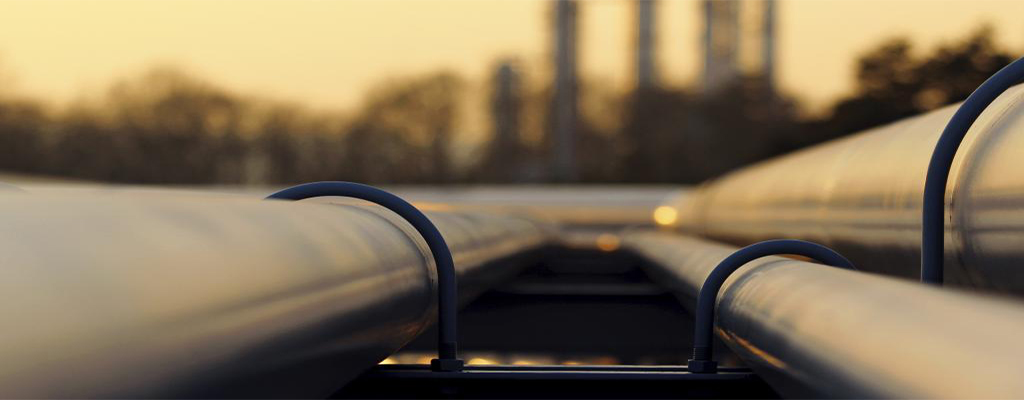Israel-Iran Conflict Was a Boon for Coal

In a world scrambling to wean itself off coal, the black rock might just be staging a comeback—thanks to a war halfway across the globe.
Oil and gas prices pulled back sharply on Tuesday after U.S. President Donald Trump called for a ceasefire between Iran and Israel, a day after the United States Air Force and Navy attacked three nuclear facilities in Iran. Iranian President Masoud Pezeshkian says Tehran is ready to respect the truce as long as Israel does not break it, with the two sides accusing each other of continuing attacks. Brent crude for August delivery tanked 6.1% to trade at $67.07 per barrel at 1 pm ET on Tuesday; WTI crude fell 6.4% to $64.15 per barrel while Henry Hub gas prices declined 3.4% to change hands at $3.55/MMBtu.
The Strait of Hormuz handles more than 20 million barrels of crude daily, with the bulk of the region’s oil passing through the channel en route to international markets. Meanwhile, virtually all of Qatar's LNG goes through the Strait of Hormuz, which is good for nearly 20% of the global seaborne supply of LNG.
Experts predict that coal might gain a significant edge over LNG if hostilities revive in the world’s leading energy hub. LNG for delivery to North Asia surged 11% w/w to $14/MMBtu in the week to June 20, a four-month high, reflecting the increased risk premium. The price of Australian thermal coal at Newcastle Port, on the other hand, climbed to $12.18 per mmBtu, good for a 13% discount to LNG prices.
For Asian utilities, the numbers speak louder than climate pledges: coal now costs 13% less per MMBtu than LNG.
Australian thermal coal with an energy content of 6,000 kilocalories per kilogram is the grade most commonly used by Japan, South Korea, and Taiwan. With less than two weeks since the escalation of tensions between Iran and Israel, there are growing signs that coal could be gaining an edge over more expensive LNG. According to Kpler data, Japan's thermal coal imports are set to jump to 7.23 million tons in July, the highest level since March. That’s up from 6.57 million tons in June and 6.39 million tons in May.
However, Asia's coal demand is likely to be capped by the fact that China and India, two of the continent’s biggest importers, already rely heavily on coal-powered generation, leaving little room to swap LNG for coal. Still, the two giants could use the ongoing unrest in the Middle East as a compelling reason to cut their long-term reliance on oil and gas in favor of coal.
An Uphill Task
Dozens of countries have set targets to lower coal's contribution in their energy mix thanks to its reputation as the dirtiest fossil fuel by far, generating the highest amount of particulate air pollution than any other fuel, per unit of energy. Last year in Italy, members of the G7 agreed to “phase out existing unabated coal power generation” by 2035. G7 countries collectively account for a fifth of global greenhouse gas emissions. However, some countries will no doubt find this an uphill task. Whereas coal contributes less than 10% of power generation for the likes of the UK, France, Italy, and Canada, Japan’s 125 million citizens rely on it for nearly a third of their electricity consumption.
Indeed, Japan’s energy mix resembles that of a lower-income country more closely than a first-world country. Japan’s current energy policies will likely cut coal’s electricity share to 19 percent by 2030, meaning the country will only have five years to phase down the rest.
Japan is hardly to blame here. Despite being the world’s fourth-largest economy, Japan is a resource-poor island country, and typically imports nearly 95 percent of its energy supplies. Japan produces just 12% of its energy internally, one of the lowest shares in the developed world. This raises costs for households and businesses, making coal an attractive proposition. For all its flaws, coal tends to be cheap and bountiful--a big reason why the global South still relies heavily on the fuel.
Still, Japan has a good chance to lower its reliance on coal over the next decade. A 2023 study by Lawrence Berkeley National Laboratory found that Japan has the technology and wherewithal to generate 90% of its electricity from renewable energy by 2035, while also reducing energy costs. Currently, Japan generates just a quarter of its electricity from low-carbon sources.
Japan has the tools to go green. But for now, coal is back in the game—and it’s winning.
Alex Kimani for Oilprice.com










































